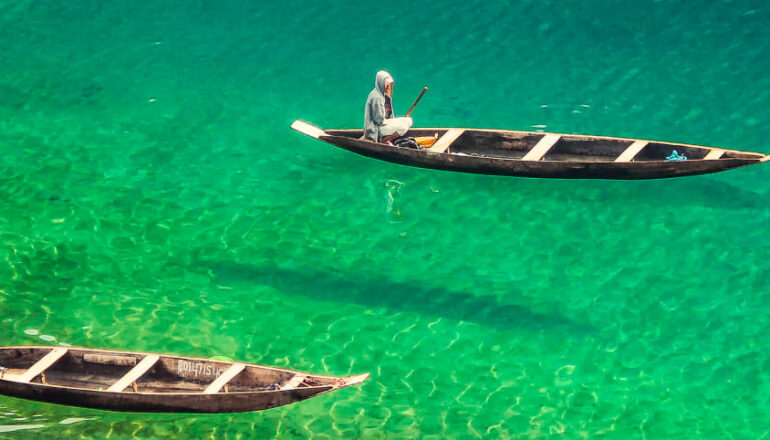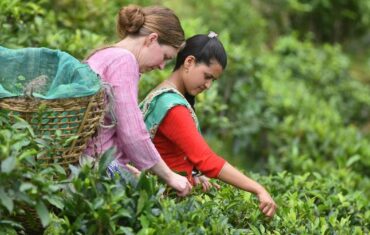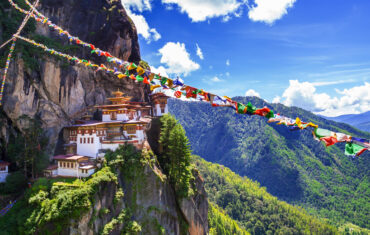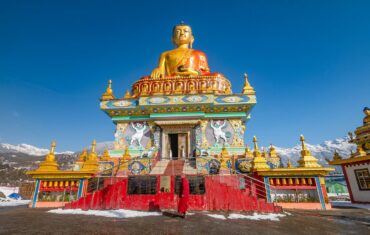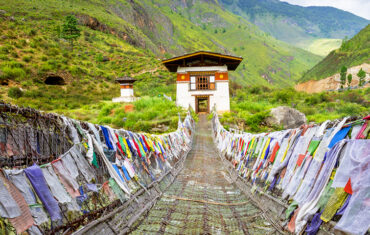Nestled in the northeast corner of India, Meghalaya—meaning “the abode of clouds”—is one of the most breathtakingly beautiful states in the country. Known for its misty hills, living root bridges, crystal-clear rivers, dense forests, and vibrant tribal culture, Meghalaya has become a must-visit destination for both domestic and international travelers. Whether you’re a nature lover, an adventure seeker, or someone looking to experience rich indigenous culture, Meghalaya offers an unforgettable journey.
In this blog, we’ll explore everything you need to know about Meghalaya tourism: from its enchanting landscapes and must-visit destinations to the food, culture, and travel tips that will make your trip worthwhile.
The Unique Charm of Meghalaya
Unlike many destinations in India, Meghalaya feels like stepping into a different world altogether. Its charm lies in its untouched natural beauty, friendly people, and laid-back atmosphere. The rolling hills covered in lush greenery, waterfalls cascading down rocky cliffs, and clouds floating gently over valleys give the state an almost dreamlike vibe.
The weather is pleasant for most of the year, with cool summers and misty monsoons. Meghalaya also holds the distinction of being home to some of the wettest places on Earth, including Cherrapunji and Mawsynram, making it a paradise for rain lovers.
Top Tourist Destinations in Meghalaya
- Shillong – The Scotland of the East
The capital city of Meghalaya, Shillong, is often called the Scotland of the East due to its rolling hills and colonial charm. Shillong is a perfect blend of urban comfort and natural beauty.
Must-visit spots in Shillong:
Umiam Lake: A stunning reservoir surrounded by pine trees, ideal for boating and picnics.
Ward’s Lake: A charming lake in the heart of Shillong, popular among locals and tourists.
Shillong Peak: Offers panoramic views of the entire city and surrounding mountains.
Police Bazaar: A bustling market for shopping and trying out local food.
Shillong is also famous for its vibrant music culture and is often regarded as the “Rock Capital of India.”
- Cherrapunji – Land of Living Root Bridges
Cherrapunji, also known as Sohra, is one of Meghalaya’s most iconic destinations. It receives some of the heaviest rainfall in the world, resulting in lush greenery and countless waterfalls.
Highlights of Cherrapunji:
Living Root Bridges: Ingenious bridges made from the tangled roots of rubber trees, built by the Khasi tribe. The Double Decker Living Root Bridge in Nongriat is particularly famous.
Nohkalikai Falls: The tallest plunge waterfall in India, falling from a height of 1,115 feet.
Mawsmai Caves: Limestone caves that give visitors a glimpse into Meghalaya’s fascinating geology.
Seven Sisters Falls: A breathtaking series of waterfalls cascading down a steep cliff.
Cherrapunji is perfect for trekking, exploring caves, and experiencing the raw beauty of nature.
- Mawsynram – The Wettest Place on Earth
Just a short distance from Cherrapunji lies Mawsynram, officially recognized as the wettest place on Earth. Its annual rainfall creates an enchanting green landscape dotted with waterfalls and streams. The village offers an authentic rural experience where travelers can connect with nature in its purest form.
- Mawlynnong – Asia’s Cleanest Village
Mawlynnong has earned global recognition as the “Cleanest Village in Asia.” Walking through this village feels like entering a storybook, with neat bamboo houses, clean streets, and blooming gardens.
Attractions in Mawlynnong:
Living Root Bridge: A single-decker bridge that is easily accessible compared to others in the region.
Sky View Point: A bamboo tower that provides sweeping views of the Bangladesh plains.
Mawlynnong is a shining example of community-led tourism and eco-friendly living.
- Dawki – Crystal-Clear Waters of Umngot River
Dawki is a border town near Bangladesh, famous for the Umngot River. The river’s water is so clear that boats seem to float in the air.
Things to do in Dawki:
Boating on the Umngot River.
Camping by the riverside.
Exploring the Dawki Bridge, a suspension bridge built during the British era.
Dawki is also an important trade route between India and Bangladesh, adding a cultural mix to the town.
- Jowai – Lakes and Waterfalls
Located in the Jaintia Hills, Jowai offers a quieter escape into Meghalaya’s natural beauty.
Attractions in Jowai:
Krang Suri Falls: One of the most beautiful waterfalls in Meghalaya, perfect for a refreshing dip.
Thadlaskein Lake: A man-made lake surrounded by legends and myths.
Nartiang Monoliths: Ancient stone monoliths that highlight the region’s rich history.
Culture and People of Meghalaya
Meghalaya is predominantly inhabited by three tribes: the Khasis, the Jaintias, and the Garos. One of the most fascinating aspects of their society is the matrilineal system, where lineage and inheritance pass through the mother’s side. Women play a central role in family and community life.
The tribes are known for their vibrant festivals, dances, and music. Some popular festivals include:
Shad Suk Mynsiem: A spring festival celebrated by the Khasis with traditional dance and music.
Wangala Festival: A harvest festival of the Garos, marked by drumming, dancing, and feasting.
The people of Meghalaya are warm and hospitable, making travelers feel at home.
Food in Meghalaya
Meghalaya’s cuisine is simple, flavorful, and influenced by its tribal heritage. Some must-try dishes include:
Jadoh: A Khasi dish made with rice and pork.
Dohneiiong: Pork cooked with black sesame seeds.
Tungrymbai: Fermented soybean dish.
Smoked meats: A delicacy often enjoyed with rice or traditional bread.
For adventurous eaters, Meghalaya offers a unique opportunity to explore indigenous flavors rarely found elsewhere in India.
Adventure and Activities in Meghalaya
For those who seek adventure, Meghalaya has plenty to offer:
Trekking: Popular trails include the trek to Nongriat village and the David Scott Trail.
Caving: Explore caves like Siju, Mawsmai, and Liat Prah, some of the longest in India.
Camping and Boating: Along the rivers of Dawki and Umiam Lake.
Waterfall Hopping: From Nohkalikai to Krang Suri, each waterfall is unique and stunning.
Best Time to Visit Meghalaya
Summer (March to June): Pleasant and ideal for sightseeing.
Monsoon (June to September): Perfect for those who love rain, but heavy showers may affect travel plans.
Winter (October to February): Cool and comfortable weather, ideal for exploring.
The best time overall is October to April, when the weather is clear and most attractions are easily accessible.
Travel Tips for Meghalaya
Connectivity: Shillong has good road connections, but public transport is limited. Hiring a taxi or renting a car is advisable.
Permits: Indian tourists don’t need special permits, but foreign tourists may require certain permissions.
Clothing: Carry light woolens even in summer, as evenings can be chilly. Rain gear is essential, especially during the monsoon.
Respect Local Customs: Meghalaya’s culture is unique; respect traditions, dress modestly, and avoid littering.
Stay Options: From homestays in villages to luxury hotels in Shillong, Meghalaya offers a wide range of accommodations.
Conclusion
Meghalaya is more than just a tourist destination—it’s an experience that touches the soul. From the surreal beauty of its living root bridges to the sparkling waters of Dawki, from the cultural richness of its tribes to the warmth of its people, Meghalaya offers travelers a chance to reconnect with nature and discover a way of life that values simplicity, community, and harmony with the environment.

